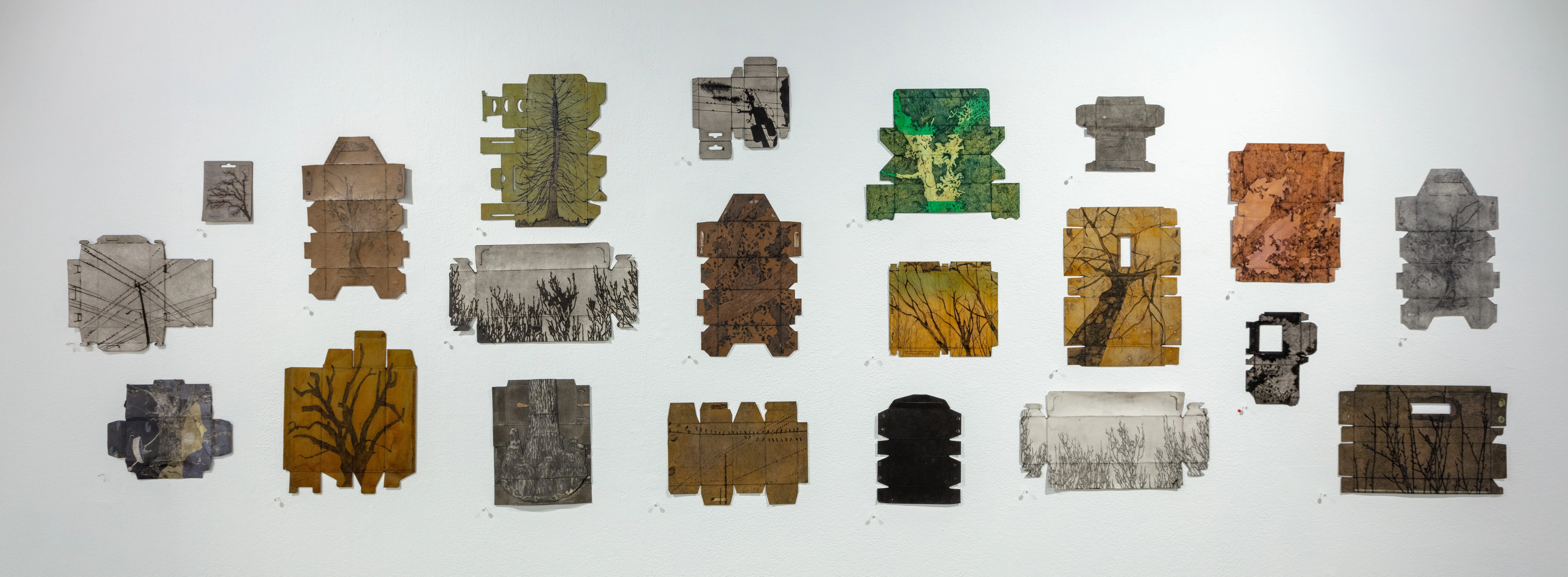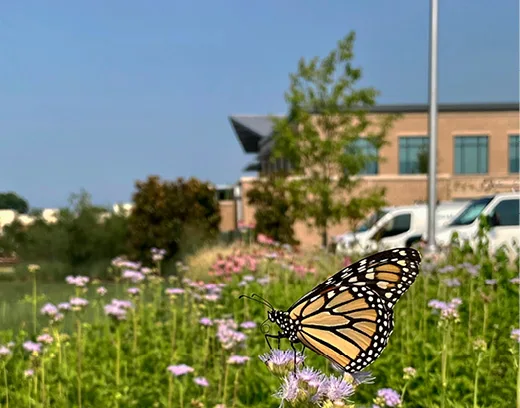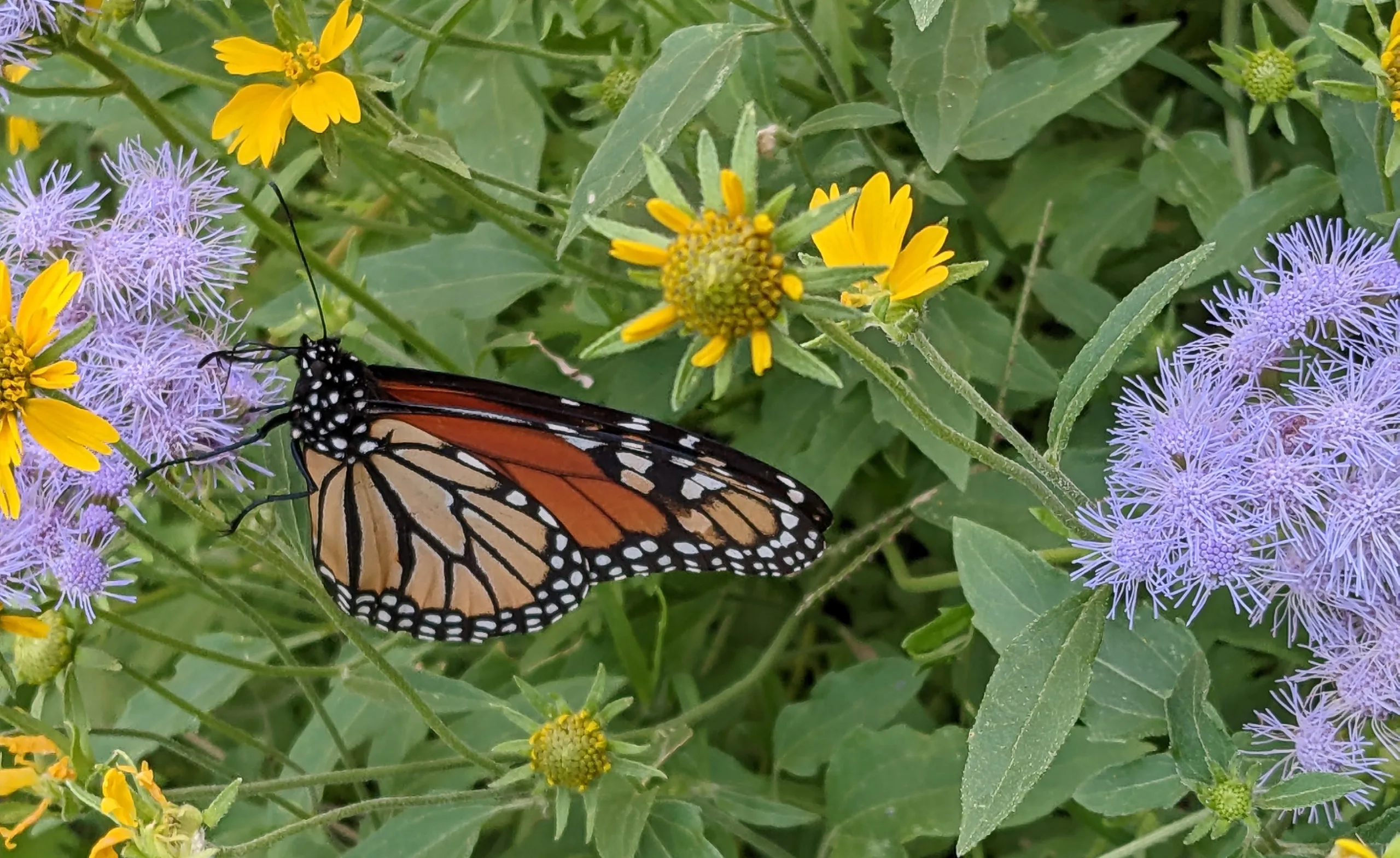
Hi There!
The Native Plant Society, Amarillo Chapter generally meets on the third Tuesday of the month March thru October. Meetings start with a guest speaker about native plants or related topics, followed by a brief business meeting. Some months, field trips may take the place of meetings. Our meetings are open to the public. See our Facebook page (Amarillo Chapter- Native Plant Society of Texas) for more details.
The home of the Amarillo Chapter of the Native Plant Society of Texas is in the middle of the Texas Panhandle. This area is quite diverse geographically and ecologically. The native floral diversity is well displayed across this region. In Texas Panhandle Plants, the authors cite over 1,000 native and non native plants for this area. With adequate rain, the seemingly endless flat and colorless plains- interrupted by canyons- turn to a vibrant rainbow of colors, dominated by various shades of yellow.
Our chapter is just one of 30 across the state of Texas. Statewide, there are approximately 2200 members from all walks of life who share a mutual interest in native plants and their habitats. Our annual NPSOT Symposium which always focuses on a different region of Texas is very interesting.
If you are interested in the great outdoors, learning about ecological communities in the local area, or gardening with native plants, this is the organization for you. On field trips we often visit Panhandle ranches and sites which are not open to the general public. Members share a wealth of knowledge gained from experiences with native plants which is often not available in published sources. Dues are nominal for the knowledge and experience gained by becoming a member of our local chapter.
Native Plant Society Virtual Events
Native Plant Society News

“Can’t See the Forest,” Renata Lucia in Exhibition
Many Society members have had interactions with our Administrative Assistant Renata Lucia since she joined the Native Plant Society of Texas staff in early 2022. However, not many may realize

Member News: Native Plants Thriving in Town Hall
By J.G. Domke, Fort Worth Chapter Good news: interest in and respect for native plants has been growing in the town of Flower Mound, just north of Grapevine in Denton

Power Plants for Pollinators
Monarch on Gregg’s Mistflower ( Conoclinium dissectum (syn. Conoclinium greggii ), Photo by Shaun McCoshum. By Shaun McCoshum, Ph.D, member at large Pollinator plants: you hear that term used a
